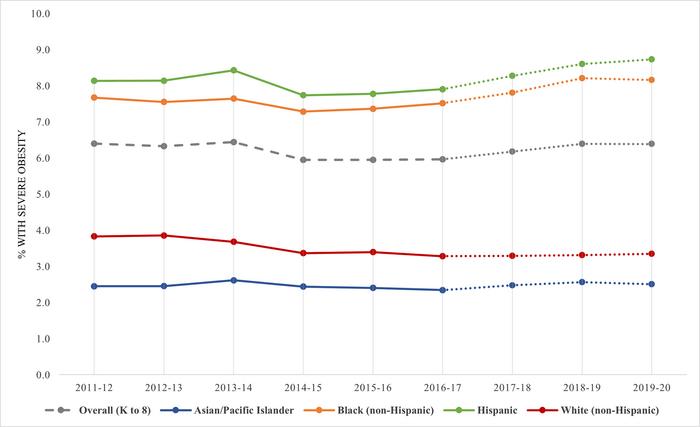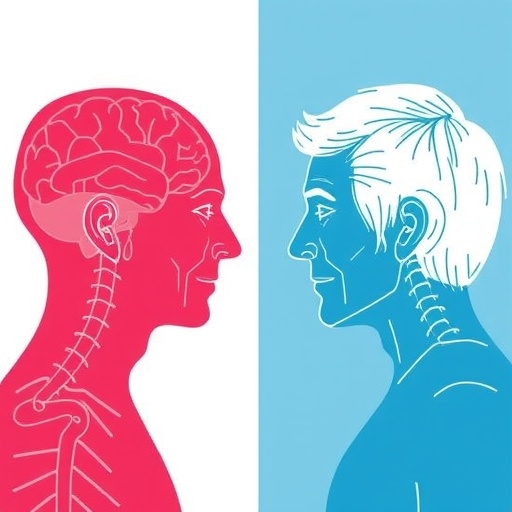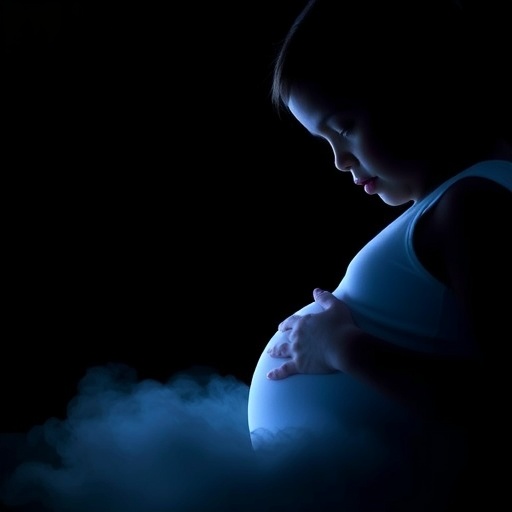Among public school students in New York City, some of the greatest increases in childhood obesity in recent years were among those socioeconomic and demographic groups already bearing the greatest burden of obesity, including Black and Hispanic students and youth living in poverty. That is the conclusion of a new study published this week in the open-access journal PLOS ONE by Emily D’Agostino of Duke University, US, and colleagues.

Credit: D’Agostino et al., 2024, PLOS ONE, CC0 (https://creativecommons.org/publicdomain/zero/1.0/)
Among public school students in New York City, some of the greatest increases in childhood obesity in recent years were among those socioeconomic and demographic groups already bearing the greatest burden of obesity, including Black and Hispanic students and youth living in poverty. That is the conclusion of a new study published this week in the open-access journal PLOS ONE by Emily D’Agostino of Duke University, US, and colleagues.
Childhood obesity is a major public health concern associated with chronic health conditions and adverse mental health outcomes into adulthood. In the new study, researchers analyzed height, weight and socioeconomic and demographic data on 1.37 million unique students in the New York City public school system aged 5 to 15 from school years 2011-2012 through 2019-2020.
Among a study sample representative of over 600,000 youth in the school year 2019-20, 20.9% had obesity and 6.4% had severe obesity. Overall, rates of obesity and severe obesity decreased slightly between 2011-12 and 2019-20 (2.8% relative decrease in obesity and 0.2% in severe obesity, p<0.001), but increases were seen among Black, Hispanic, and foreign-born students (p<0.05). Moreover, nearly all groups experienced increases in obesity and severe obesity between 2016-17 and 2019-20. Some of the largest increases in obesity and severe obesity during these years were among those who already had higher prevalence, such as Black and Hispanic students and youth living in very-poor neighborhoods. Although White students experienced a relative increase in obesity prevalence between 2016-17 and 2019-20, the change was less than half that observed among Black students (2.3% vs. 6.5%, both p<0.01).
The authors conclude that the disparities in childhood obesity are widening, and point toward a need for greater implementation of equity-centered obesity prevention efforts.
The authors add: “Our study found that overall obesity prevalence has continued to decline among NYC public school youth. However, these findings warrant research exploring the role of the COVID-19 pandemic in childhood obesity in NYC to better evaluate and address disparities.”
#####
In your coverage please use this URL to provide access to the freely available article in PLOS ONE: https://journals.plos.org/plosone/article?id=10.1371/journal.pone.0302099
Citation: Argenio KL, Day SE, D’Agostino EM, Neshteruk C, Wagner BE, Konty KJ (2024) Increasing disparities in obesity and severe obesity prevalence among public elementary and middle school students in New York City, school years 2011–12 through 2019–20. PLoS ONE 19(5): e0302099. https://doi.org/10.1371/journal.pone.0302099
Author Countries: USA
Funding: The author(s) received no specific funding for this work.
Journal
PLoS ONE
DOI
10.1371/journal.pone.0302099
Method of Research
Observational study
Subject of Research
People
Article Title
Increasing disparities in obesity and severe obesity prevalence among public elementary and middle school students in New York City, school years 2011–12 through 2019–20
Article Publication Date
15-May-2024
COI Statement
The authors have declared that no competing interests exist.




